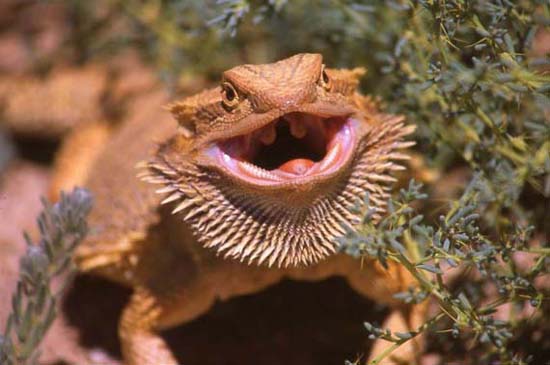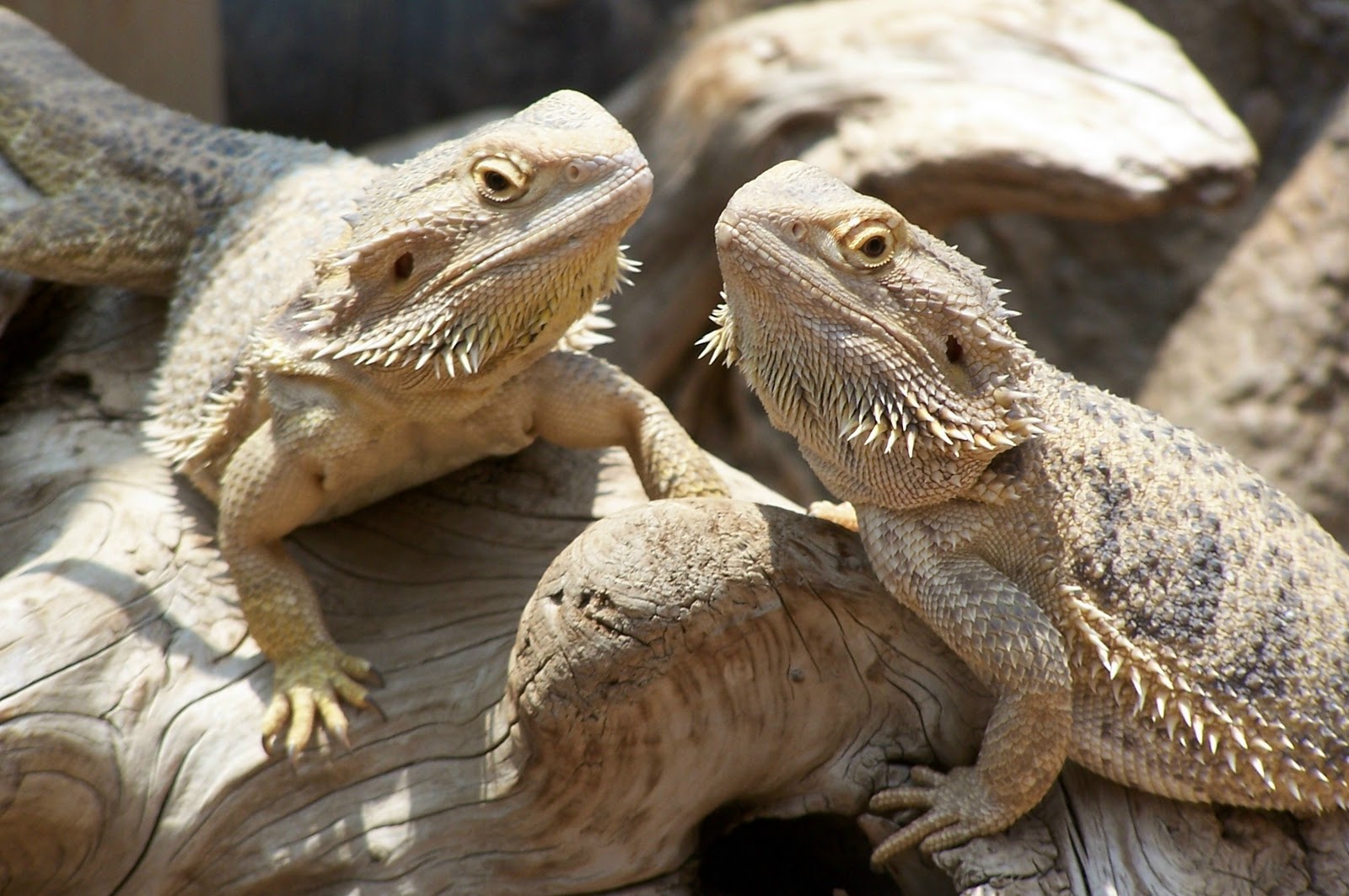Rescued Bearded Dragon: How to Care for Your New Pet
Rescued Bearded Dragon: A Perfect Addition to Your Family
Pets are a wonderful addition to any household. They bring joy and happiness to our lives, and they are always there to put a smile on our faces. Bearded dragons are no different, they are known for their playful and curious nature. They are also easy to care for, making them a perfect pet for beginners. If you are considering adopting a bearded dragon, why not consider rescuing one? In this blog post, we will discuss everything you need to know about caring for a rescued bearded dragon.
Understanding Bearded Dragons
First, let’s talk about what a bearded dragon is. Bearded dragons are native to Australia, and they are a type of lizard. They are named for the spiny scales underneath their chin that resemble a beard. Bearded dragons are diurnal, which means that they are active during the day and sleep at night. They are omnivores, which means that they eat both plants and animals. In the wild, they can live up to 15 years, and in captivity, they can live up to 20 years.
How to Care for a Rescued Bearded Dragon
Caring for a rescued bearded dragon is not much different from caring for any other bearded dragon. The only difference is that rescued bearded dragons may have experienced neglect or trauma in their past, so they may require more patience and attention. Here are the basics of bearded dragon care:
Housing
Bearded dragons need a terrarium that is at least 40 gallons in size. The terrarium should have a heat lamp and a UVB light. The temperature inside the terrarium should be between 80°F and 85°F during the day and between 70°F and 75°F at night. Bearded dragons also need a hiding spot and a basking spot.
Diet

Bearded dragons need a balanced diet of both plants and animals. They should be fed a variety of vegetables and fruits, such as collard greens, mustard greens, squash, and berries. They should also be fed insects such as crickets, mealworms, and dubia roaches. Bearded dragons should be fed daily when they are young and every other day when they are adults.
Hydration

Bearded dragons need access to fresh, clean water at all times. They may also enjoy taking a bath or standing in water to hydrate their skin.
Bonding with Your Rescued Bearded Dragon

Rescued bearded dragons may require more patience and attention than other bearded dragons. It is important to spend time with your bearded dragon every day, offering them food and gently touching them to build trust. Once your bearded dragon trusts you, they may climb on your shoulder or sit on your lap. As social animals, bearded dragons thrive on human interaction and will enjoy spending time with their owners.
Conclusion
Rescuing a bearded dragon is a wonderful way to give a neglected or abused animal a second chance at life. With proper care and attention, bearded dragons can live long and healthy lives. By following the tips in this blog post, you can provide a safe and loving home for your rescued bearded dragon. Remember the key to a happy and healthy pet is love, patience, and proper care.
